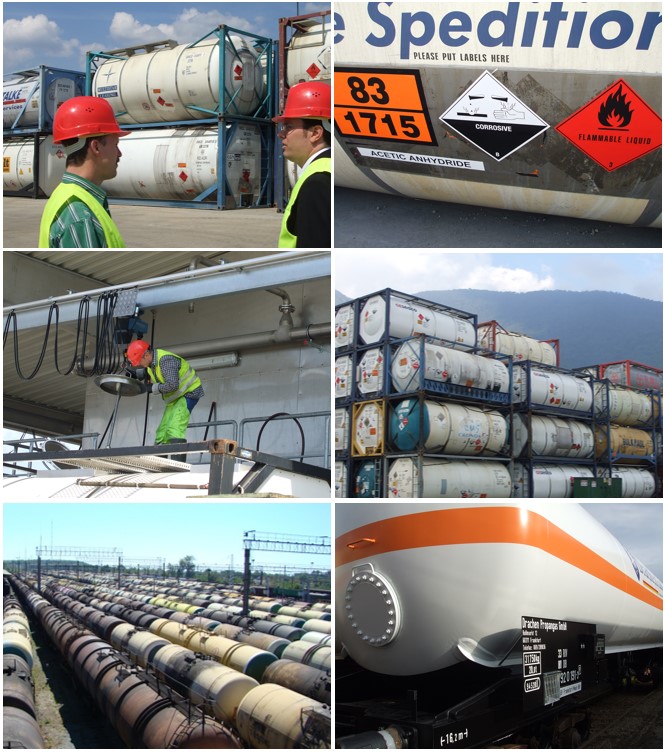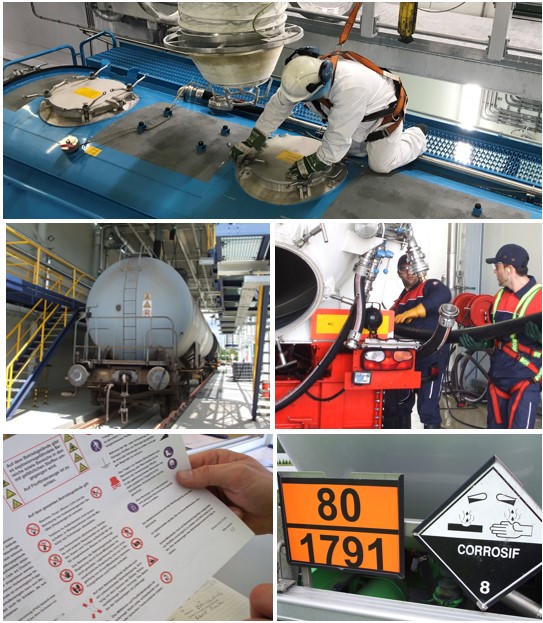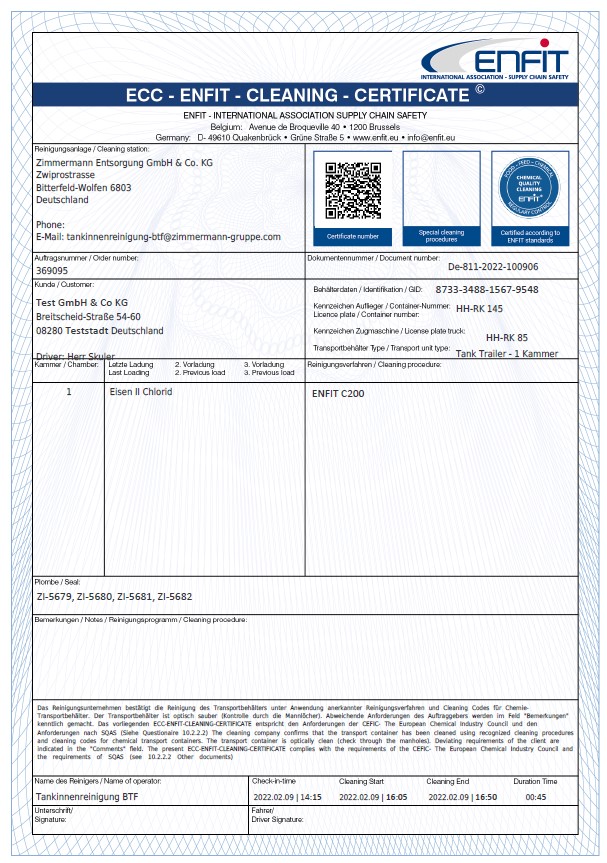Tank Cleaning Codes - TTC
Cleaning of chemical transport container
While the cleaning of transport containers for food and feed primarily focuses on food and feed safety and transport hygiene, the transport of chemical products and hazardous goods is primarily about quality assurance of the products and safety during transport and cleaning.
The provisions of the ADR apply to transport. The abbreviation ADR stands for the European Agreement concerning the International Carriage of Dangerous Goods by Road (Accord européen relatif au transport international des marchandises Dangereuses par Route).
ADR for dangerous goods transport includes regulations for:
- the classification
- Packaging,
- Labelling,
- and documentation of dangerous goods.
It also defines regulations for handling dangerous goods during transport and also for load securing and vehicles used.


